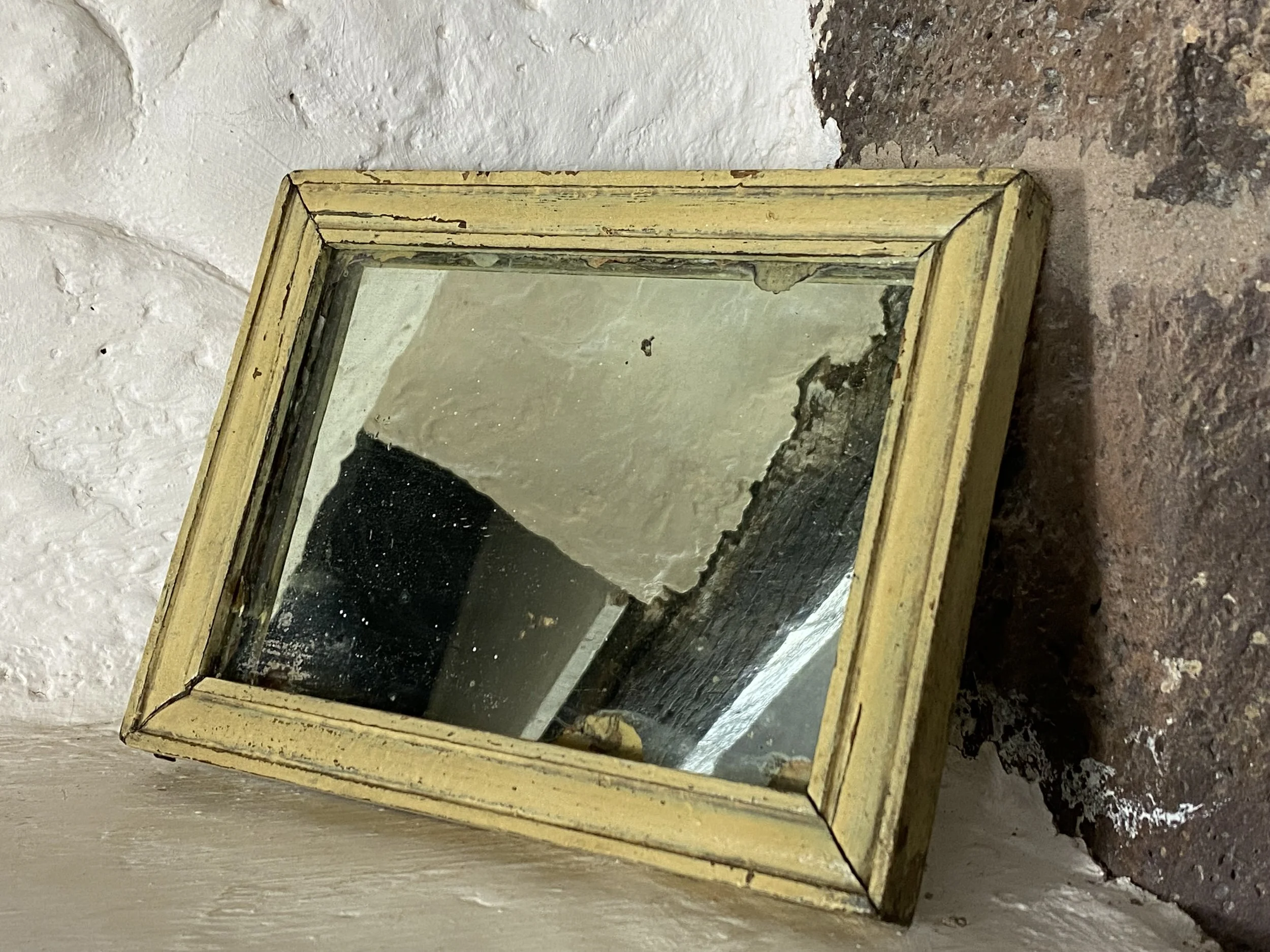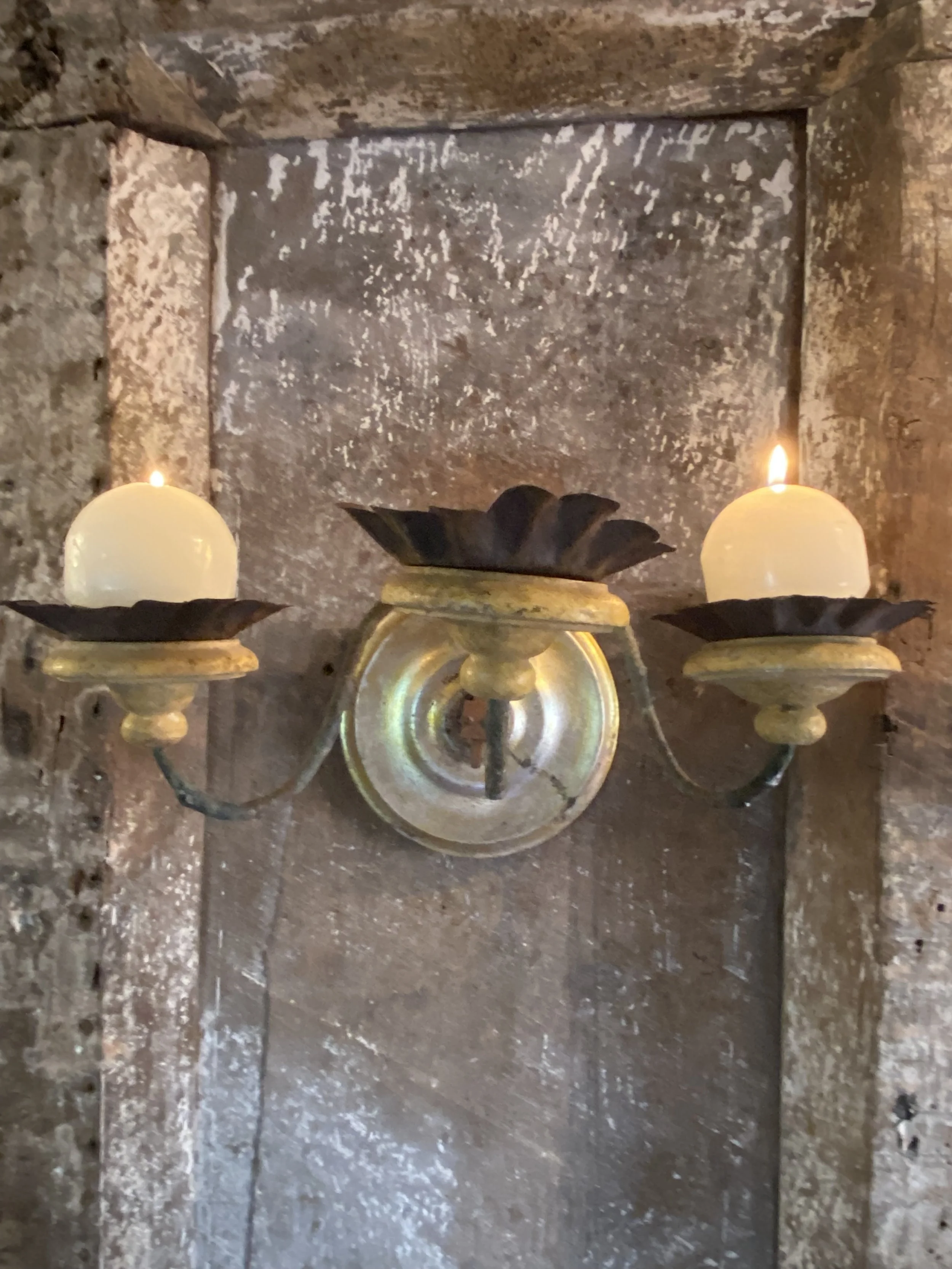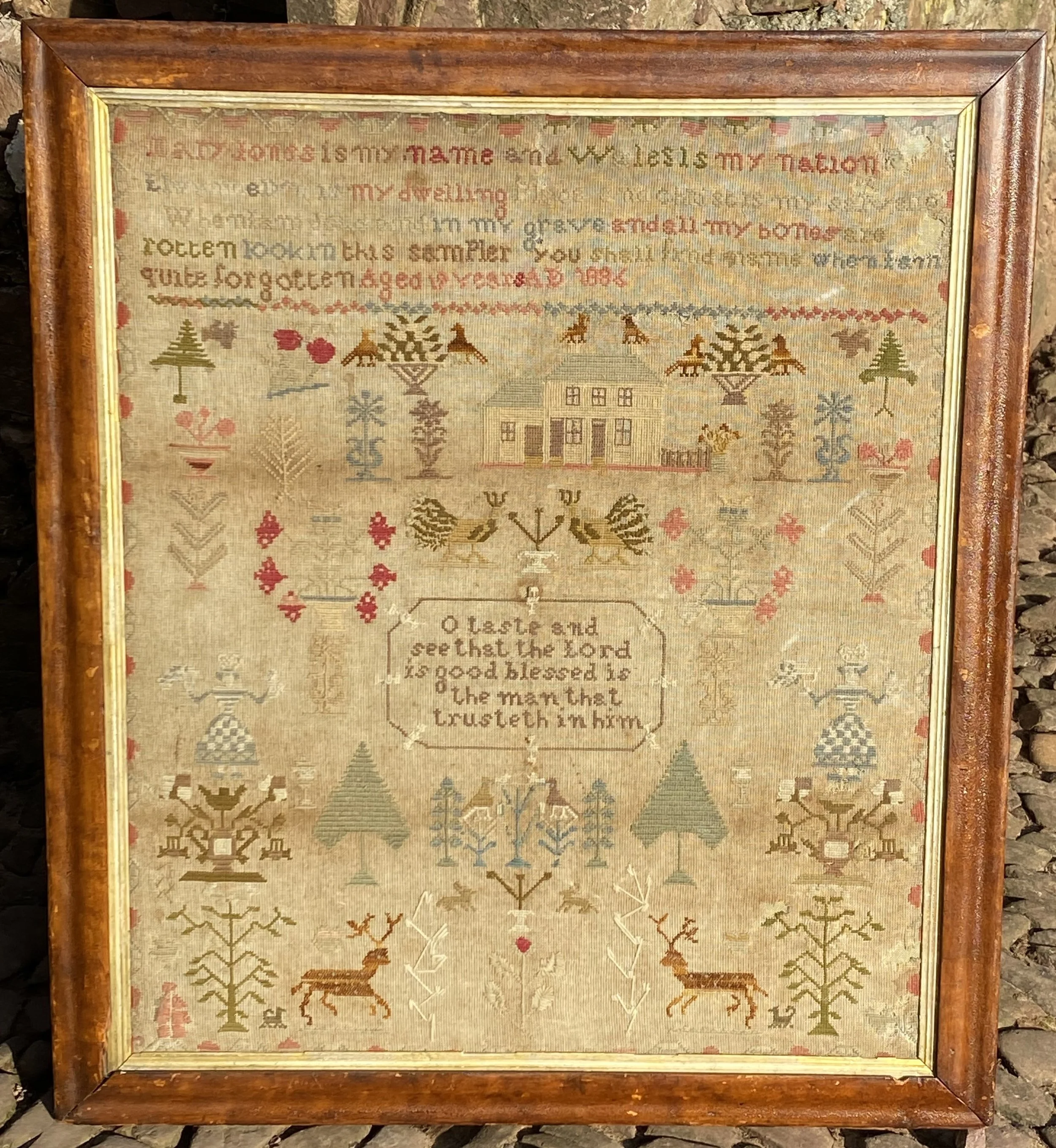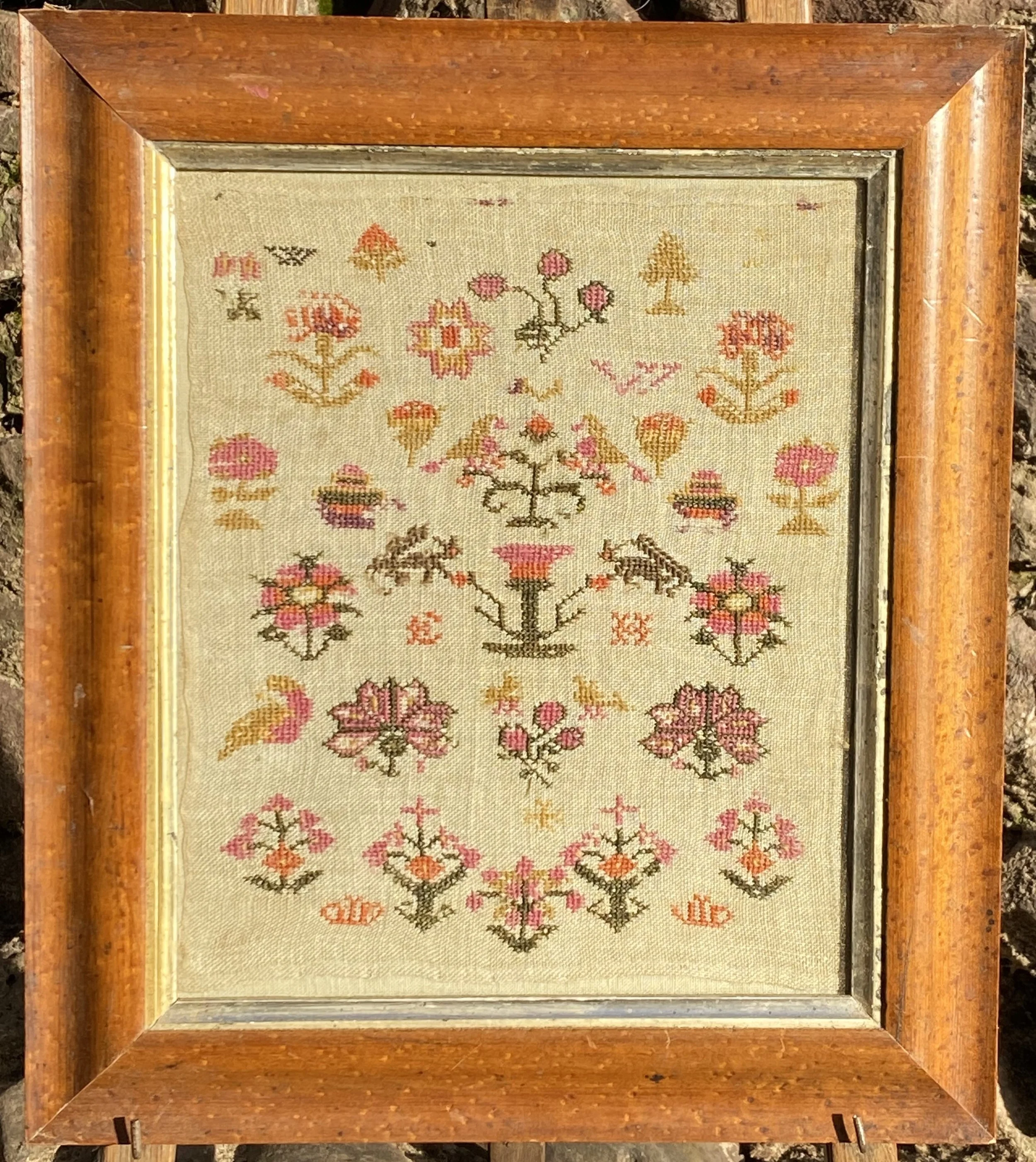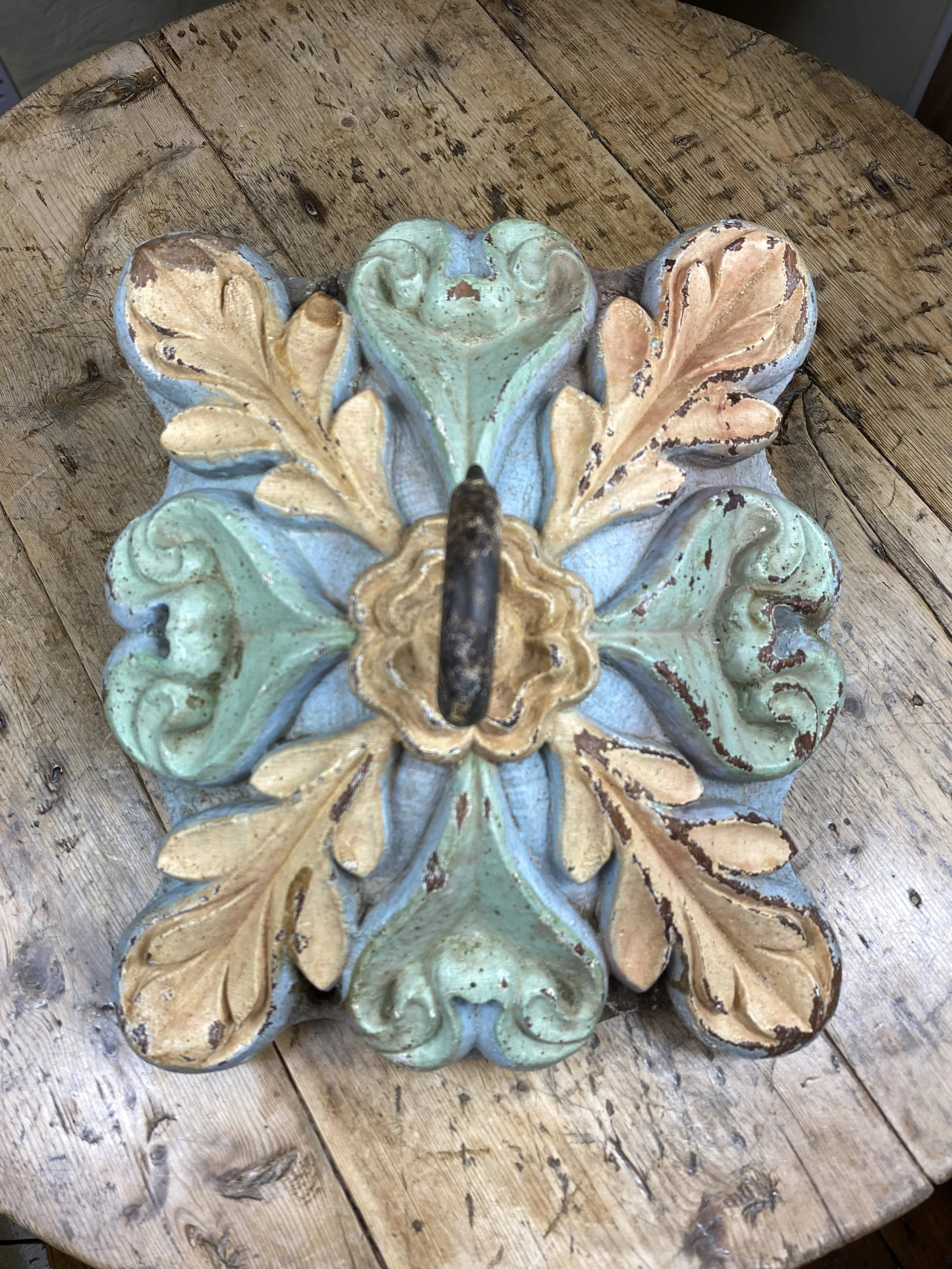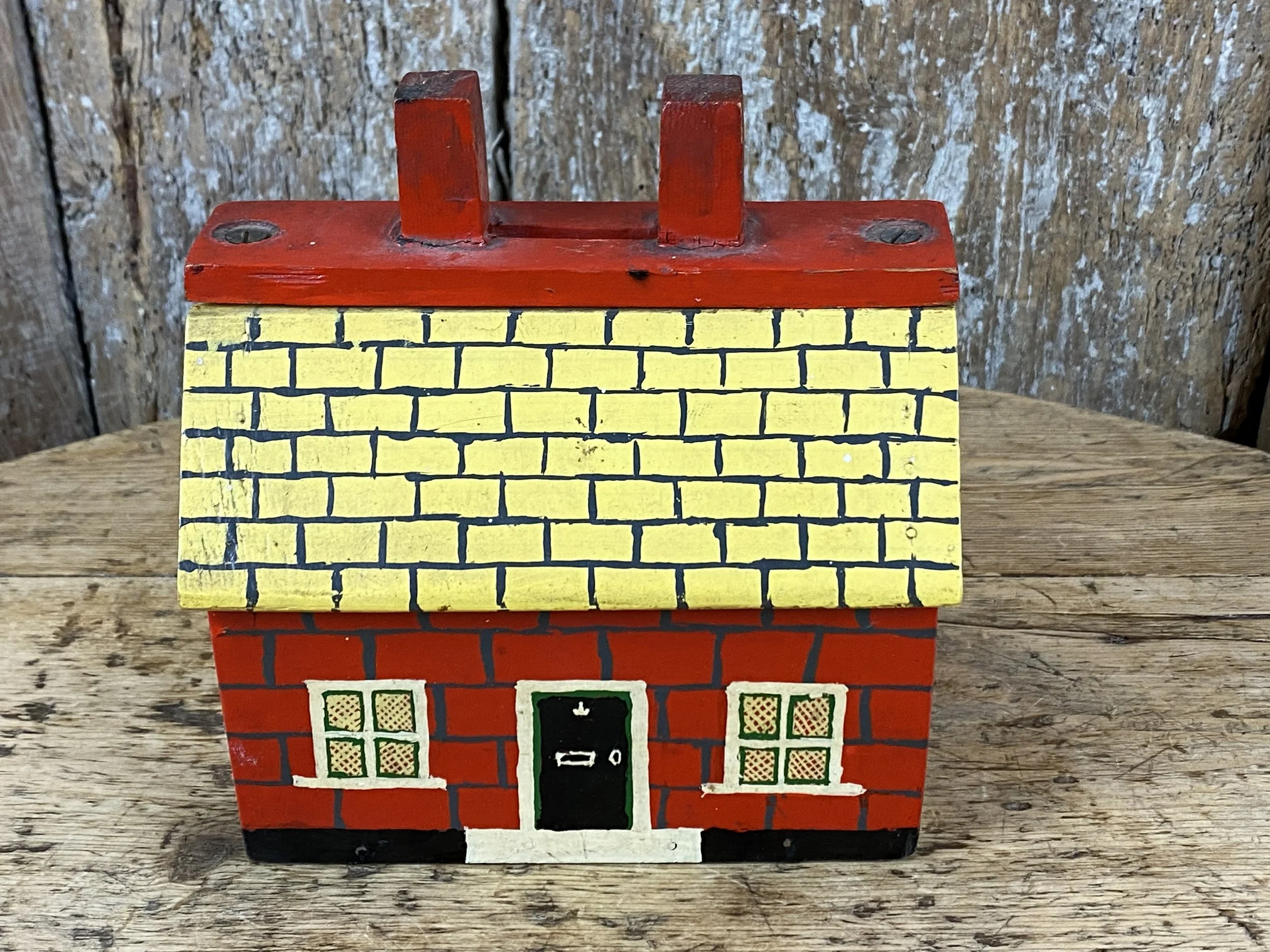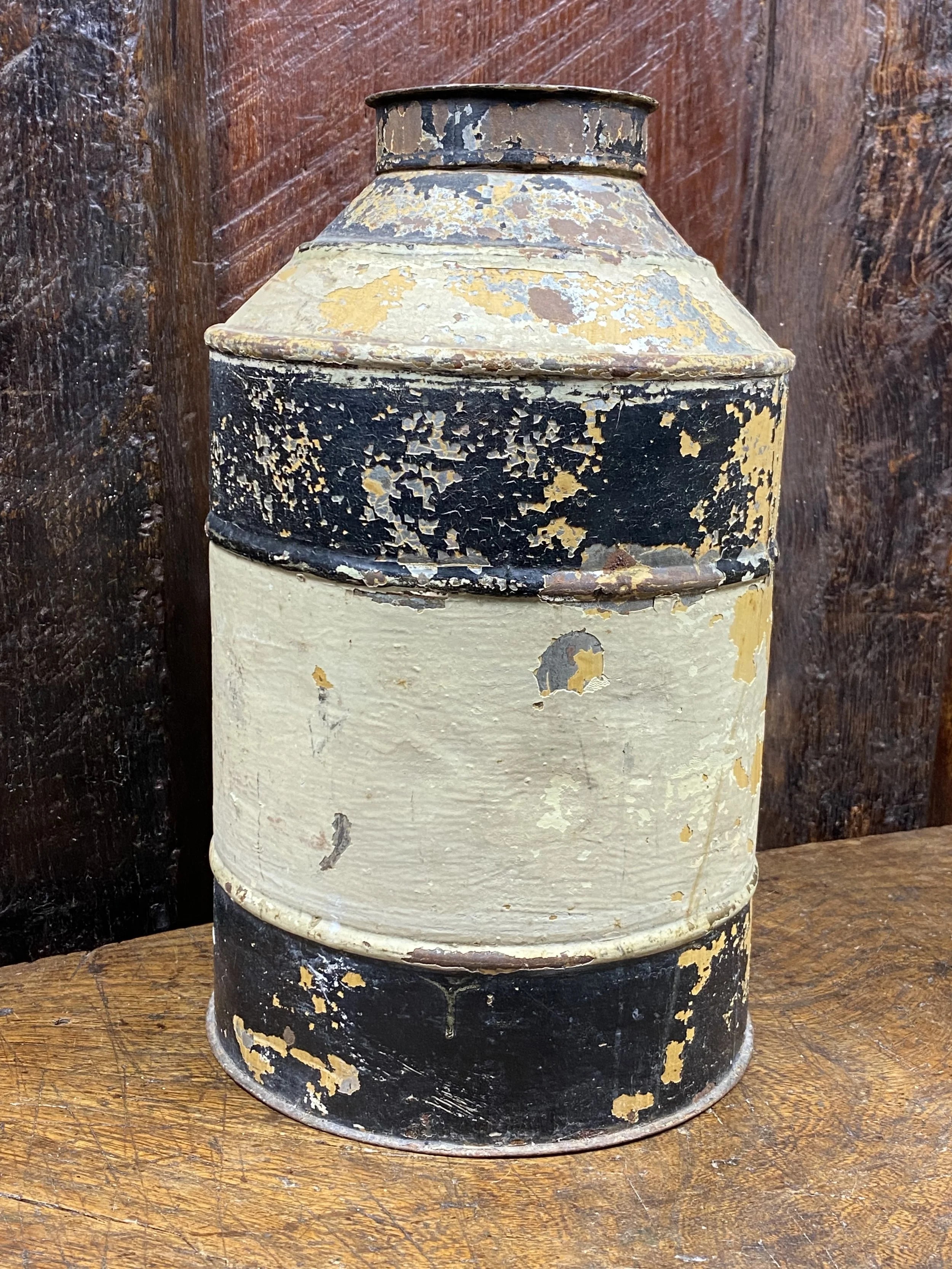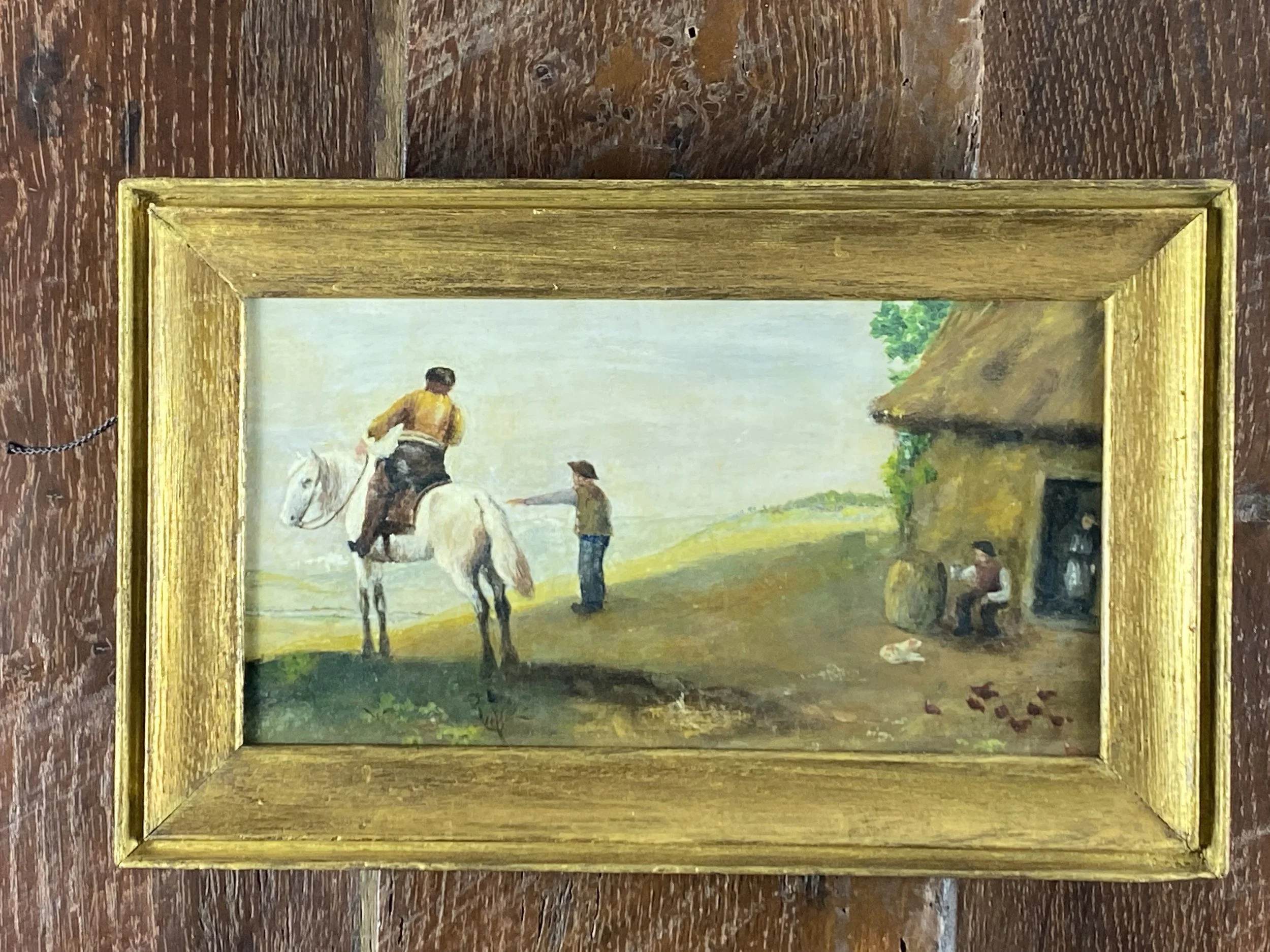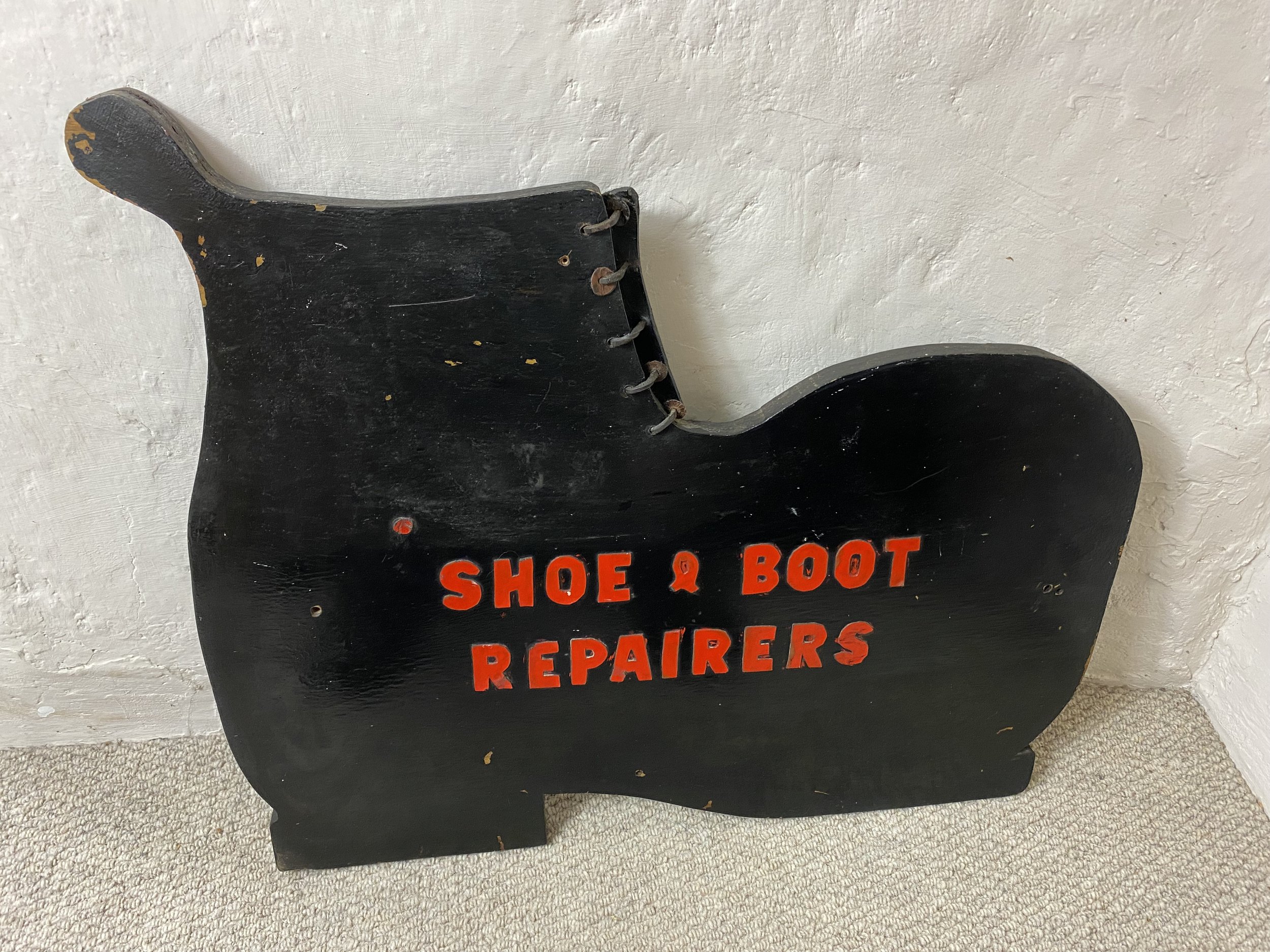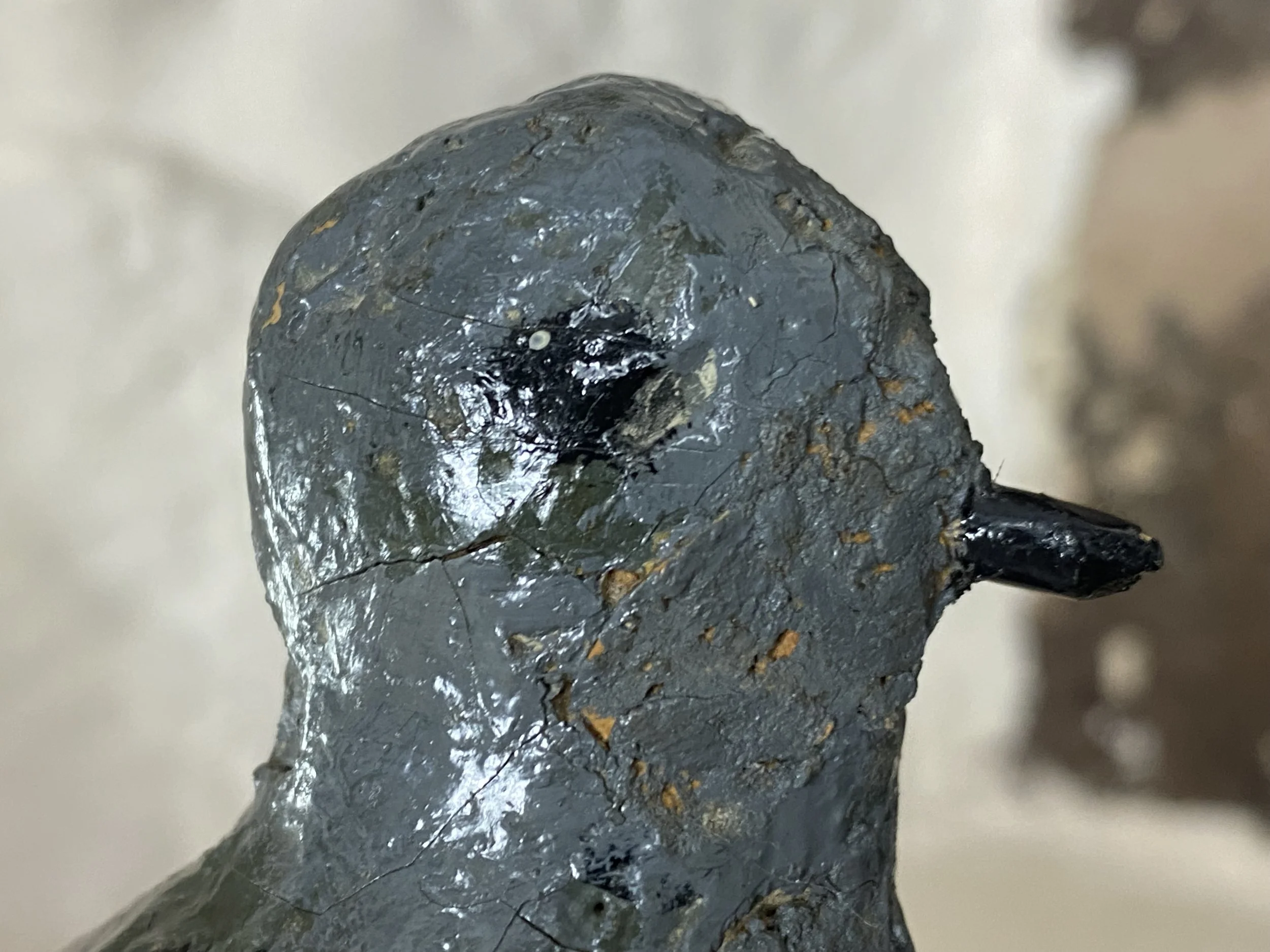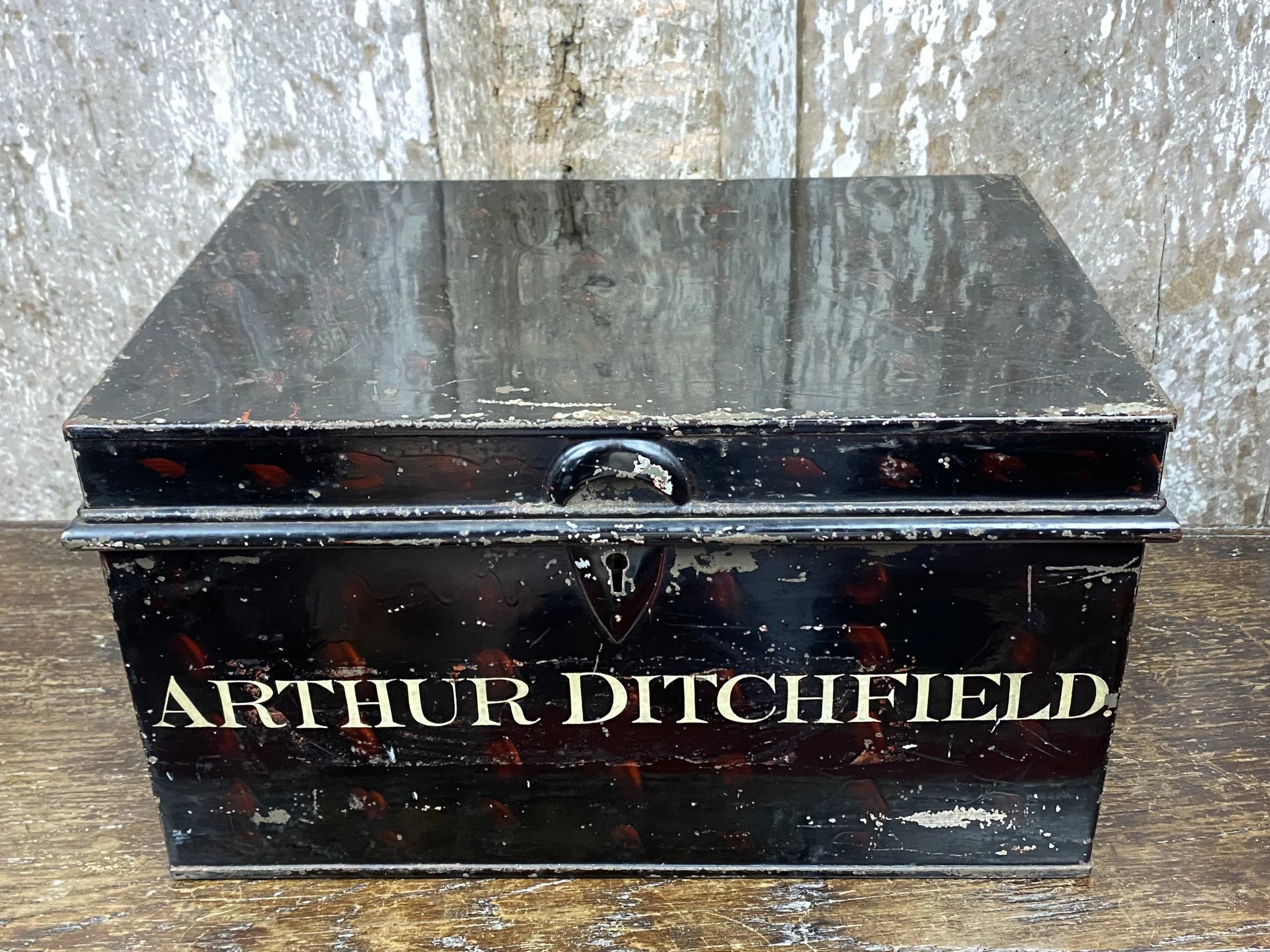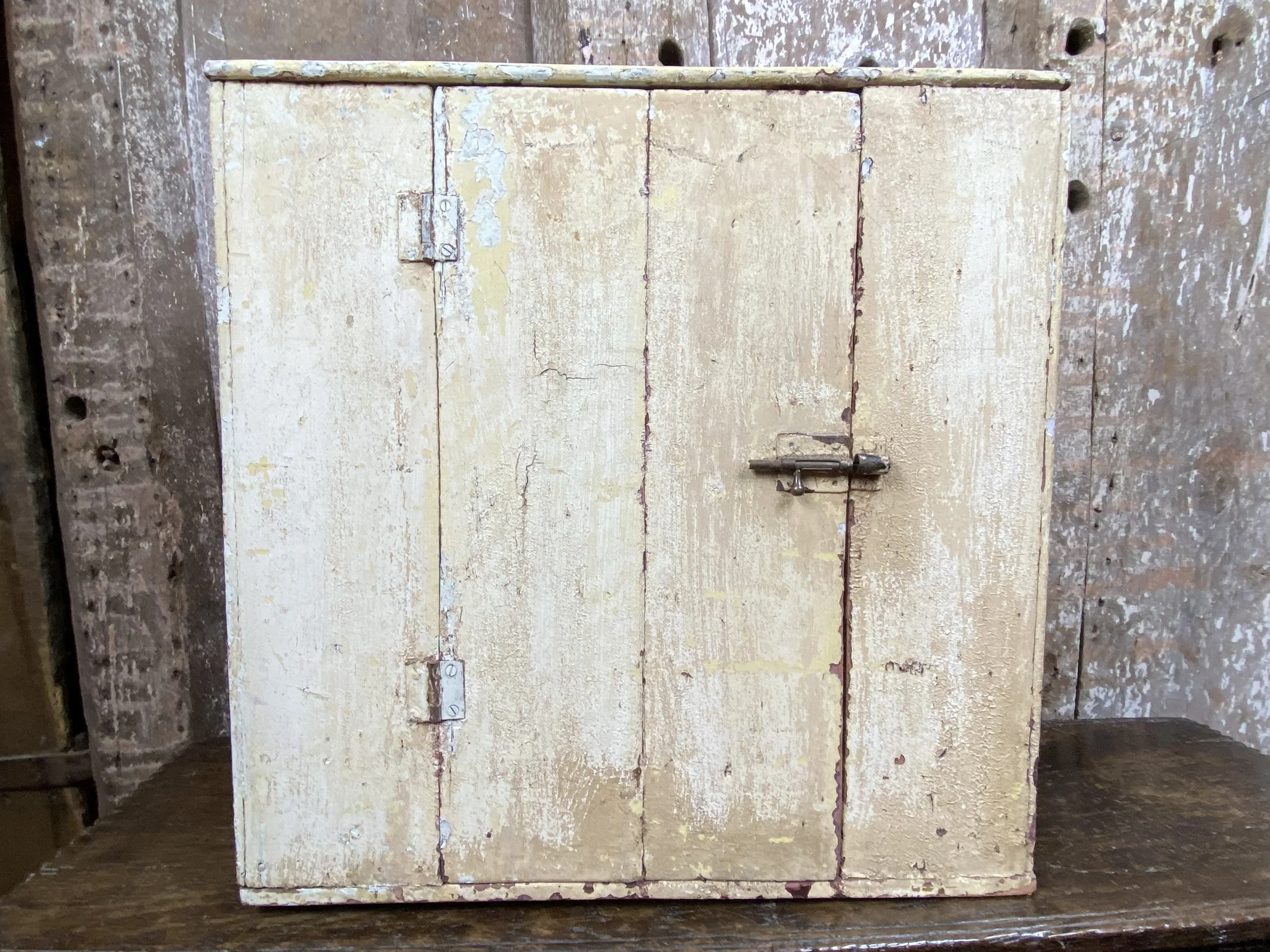About Our Stock
Based in Devon & living within a Medieval ‘Hall House’ dating from 1450, we basically buy what we like and would be pleased to have in our home. Our appreciation of antiques began with early oak & country furniture. Whilst we still love classic pieces such as coffers, our tastes are now much more varied. As amateur hobby dealers, we started off selling wooden boxes & treen artefacts, discovering the beauty & social history of needlework samplers about ten years ago .
Always drawn to rustic & primitive pieces, we have grown to greatly appreciate folk art & especially items which still showcase their original & timeworn painted patina. We are really enthusiastic advocates of the numerous environmental benefits of recycling & buying ‘pre-loved’ over new. So, all our samplers & paintings are ideally re-presented in their original frame, if this is not possible then we will always source a complementary period frame. Indeed we see our frames as one of ‘Unique Selling Points’ – they are things of beauty in their own right.
Clearly the items we sell are not ‘new’ and therefore they will have idiosyncrasies and imperfections commensurate with their often very considerable age. Also, whilst some of our samplers for example may be considered ‘very fine’, we specialise in rustic, naïve and primitive items where the patina of age and various knocks and dinks - even long since vacated woodworm holes - are very much in our view part of their charm and value!
Many of the antique & vintage objects that we sell could fall into various antique or vintage categories. Nevertheless, we have broken down our stock into three groups.
Samplers
Derived from the Latin ‘exemplum’ (an example) a sampler is a piece of embroidery produced mostly in the 19th & 18th century as a demonstration or a test of skill in needlework. They often included the alphabet, numbers, figures, motifs, decorative borders, frequently the name of the person who embroidered it & the date. Their aim was essentially to either instil religious values or worthy personal qualities such as perseverance & concentration in the young girls (invariably) who worked for them. Often also they acted as a ‘Curriculum Vitae’ – providing a practical example of the stitcher’s skills of embroidery when seeking employment as a Lady’s Maid, a life ‘in service’ – sometimes also a husband!
Today, samplers are much sought after both as highly decorative works of art in their own right – they look especially great when presented in a group - but also for the fascinating stories which can often be gleaned or inferred from them. We always have some early/mid-19th & 18th century samplers – occasionally even earlier than this.
Our samplers have always been conserved (see individual item listings) & each sampler is researched as fully as possible. Every sampler we sell comes with its printed catalogue entry – see examples below (Click on image) . Our Blog page contains an explanation of how we value our samplers.
Treen
Literally ‘of the tree’, the term ‘Treen’ is conventionally used as a collective term for small, wooden hand carved household objects such as bowls or snuff boxes which served some form ‘functional purpose.’
Our interpretation of the term treen is quite liberal! We sell any smallish wooden object that we consider has a lovely colour, patina & tactile appeal, including (painted) objects which may now be considered purely ‘decorative’: surely any pleasure gained from looking at a small wooden piece that is now merely ‘beautiful’ serves a very useful ‘purpose’ in the 21st century?!
Everything In-Between
Here you will basically find a great diversity of other pieces, apart from samplers & treen, that we like and hope that you will too. These are broken down into ten further self-explanatory categories that will help your search.
Conservation & Restoration
All the pieces we sell have been carefully ‘conserved’ so that their condition has at the very least been stabilised to prevent as far as possible any further deterioration. Usually this just means cleaning, waxing and if needed the application of an appropriate precautionary treatment such as for woodworm. If necessary, we have access to the services of various specialist professionals such as joiners, glaziers or blacksmiths. Quite commonly this pre-sale process means that most items we sell, and especially our samplers, have also been ‘restored’ to something approaching their original condition. However, even if it were possible, we rarely if ever seek to restore any piece to its ‘original’ state - in our view to do this will invariably detract from its history, charm and value.
Deciding whether to buy
We take great care to ensure that all our written descriptions are accurate and self-critical, making clear any defects, and if there has been any significant conservation or restoration to a piece. Our many photographs for each item are also very well lit, cover various angles and as such form a very important part of the overall listing’s description. Often our images will contain various other objects apart from the item for sale to give an idea of context & possible uses &/or display ideas: unless stated these are NOT contained within the stated price.
We ask that you study in detail the listing of any piece that you may be considering before purchase so that you are happy to buy it. Please don’t hesitate to get in touch with any questions you may have before making a purchase: we are always glad to help and will do our best to answer your questions as quickly as possible.
Finally, we like to think that our prices are already competitive, however we are always ‘up for deal’ & in particular will always try to give a ‘very best price’ if you make more than one purchase!
